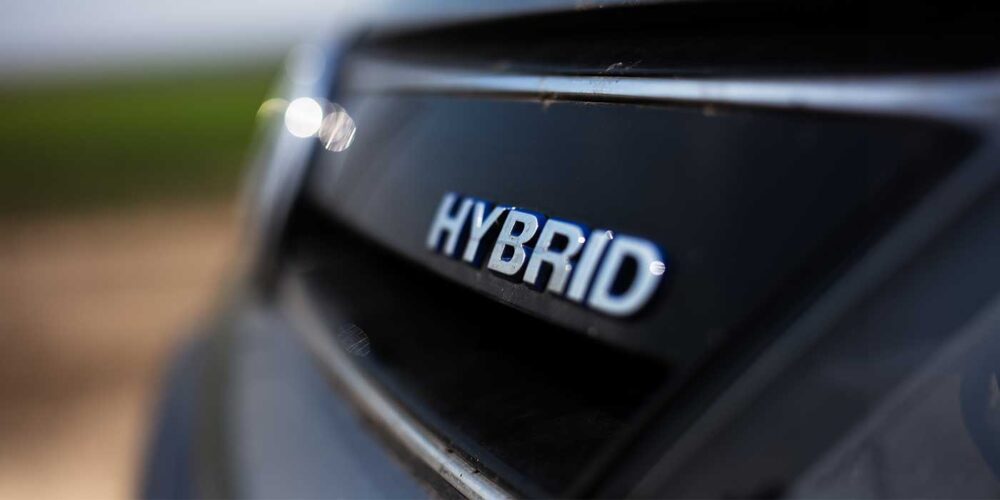From “all aboard!” to “huh?” — poor onboarding procedures have a real financial impact on employers. Here’s what you lose when new hires feel unprepared.
In the old days, before a ship or train would depart the dock or station, a conductor, captain or some other official with a handlebar mustache would yell, “all aboard!” Apart from setting the scene for the beginning of a historical adventure or period romance, this actually served a purpose: it was a warning that all passengers better get their perfumed derrières in their seats, because the big thing was about to start moving.
Today’s employers could learn a lesson from the conductors and captains of yore. No, I’m not talking about growing a mustache. I’m talking about systematizing the onboarding process.
Imagine what your company could accomplish if you were certain your new hires felt completely prepared and settled in before embarking on that next sales goal, market expansion or another big organizational initiative. You’d have fewer screw-ups and preventable mistakes. You’d treat your customers better. Your employees would be more focused on the opportunities and icebergs ahead, rather than on finding their bearings. You could quickly change course without throwing everyone off.
And perhaps most important, fewer people would jump ship. Why? Because you’re less likely to abandon an employer when you believe in their leadership ability; when you’re confident they’re taking you where you want to go — and they know the way there.
Unfortunately, many a new hire never hears “all aboard.” They never receive a clear indication of where their company is headed or what their role will entail. Instead, the ship just kind of starts moving — and the new employee doesn’t realize what has happened until they’re lost at sea.
All turn-of-the-century drama aside, inadequate and inconsistent onboarding procedures have a real financial impact on employers. Consider the following realities around onboarding and the costs associated with finding and retaining new hires:
- It takes an average of about eight months for a new employee to start producing at their maximum capacity.
- Approximately one-third (33 percent) of new hires look for a new job within the first six months, and about one-quarter (23 percent) leave before a year on the job.
- To replace an employee, an employer will need to spend an average of 16-20 percent of that employee’s salary.
- The total cost of turnover per employee typically ranges from 100 to 300 percent of the individual’s salary.
Yikes. Now, look at few statistics about companies that take measures to prevent new hires from jumping ship:
- Sixty-nine percent of employees who undergo effective onboarding are more likely to stay with an employer for at least three years, and 58 percent are more likely to stay on for more than three years.
- Organizations that invest in effective onboarding retain 50 percent more of new hires than their competitors do.
- The most successful companies are 35 percent more likely to initiate onboarding for a new hire before that person’s first day on the job. These companies are also more than twice as likely to check on their new hires’ progress during onboarding.
- Standardized onboarding procedures lead to 50 percent greater productivity than non-standardized onboarding.
What do these companies do differently, and what does effective onboarding look like? I’m glad you asked. Over the next few weeks, we’ll be taking a close look at how a standardized, automated onboarding program can steer your company in the right direction by improving employee retention and engagement. Stick with us to learn the “5 C’s” of onboarding, what your new hires need in terms of training and paperwork, how to communicate the big picture of your organization’s mission through leadership and more.
If you’re ready to join us on this journey, say it with me:
All aboard!
Or is that “all onboard?”














